Large Hadron Collider blows out ten candles
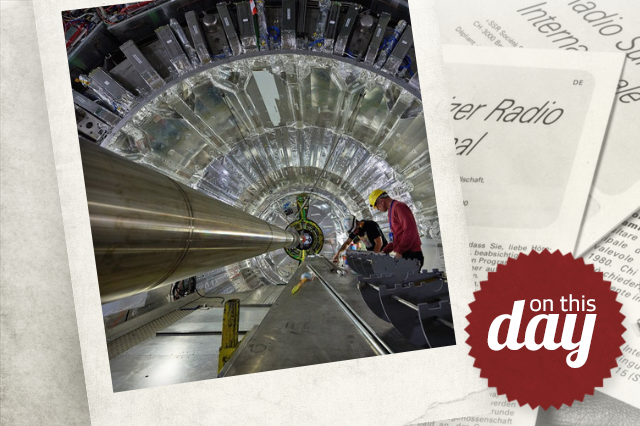
Protons and champagne corks were exploding just outside Geneva ten years ago as scientists celebrated a new era of particle physics. We look back at the successful launch of the Large Hadron Collider (LHC) and key milestones of the biggest scientific experiment in human history.
On September 10, 2008, the LHCExternal link, the world’s most powerful particle accelerator at the European Organization for Nuclear Research (CERN), was started up and an inaugural beam of protons was successfully guided around the 27-kilometre (16.7-mile) ring of superconducting magnets, deep beneath the Swiss-French border.
It was a landmark achievement for the thousands of scientists, engineers and technicians who had spent decades planning and building the colossal underground machine, which seeks to unlock the secrets of modern physics and answer questions about the universe and its origins, recreating conditions just after the so-called Big Bang, 13.7 billion years ago.
The $10 billion (CHF9.6 billion) machine got off to a problematic start, however. Just days after its inauguration, the project was suspended when a badly soldered electrical splice overheated, causing extensive damage to parts of the collider some 100 metres underground. After $40 million of repairs it was restarted in November 2009 – and quickly made up lost time.
In the giant subterranean collider, high-energy protons travelling near the speed of light in two counter-rotating beams are smashed together in search of exotic particles at four points around the machine. The debris is then tracked on huge detectors and scientists pore over the results.
CERN says the particles are so tiny that the task of making them collide is like firing two needles 10 kilometres apart with such precision that they meet halfway.
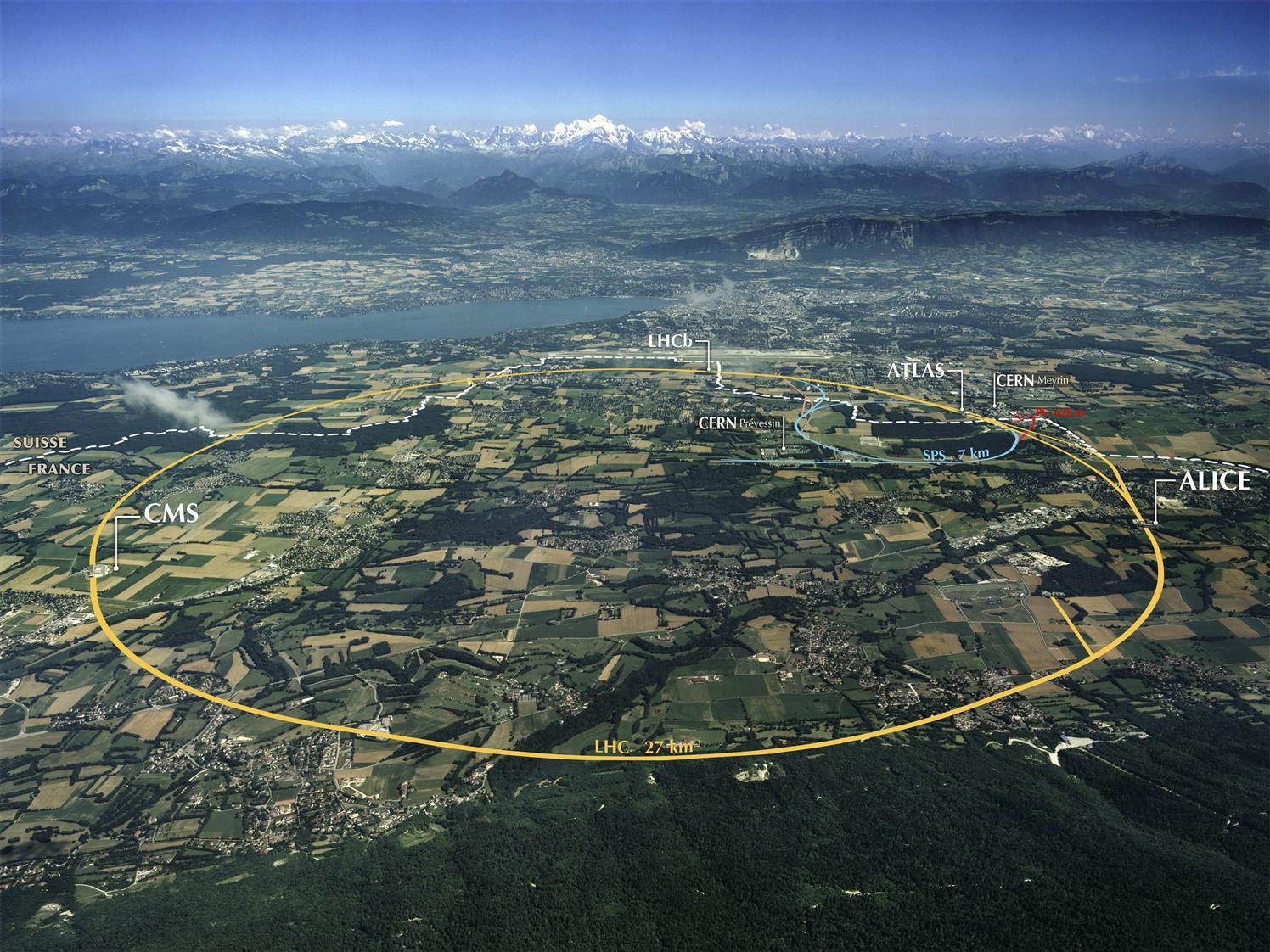
Over the next few years the LHC ran smoothly, power was slowly ramped up and the rate of particle collisions increased, providing scientists in search of exotic particles with valuable data.
2012 was a breakthrough year for CERN. On July 4, scientists announced they had overwhelming evidence of a new particle: the elusive Higgs boson, the linchpin of the Standard Model of particle physics theory on the Big Bang, which is believed to give mass to other objects and creatures in the universe.
The discovery of the Higgs boson marked the culmination of decades of intellectual effort by many people around the world. Two scientists – Peter Higgs from Britain and François Englert from Belgium – were awarded the Nobel prize in physics for their work on the theory of the Higgs boson. But finding it is not the end of the story, and researchers must study the Higgs boson in detail to measure its properties.
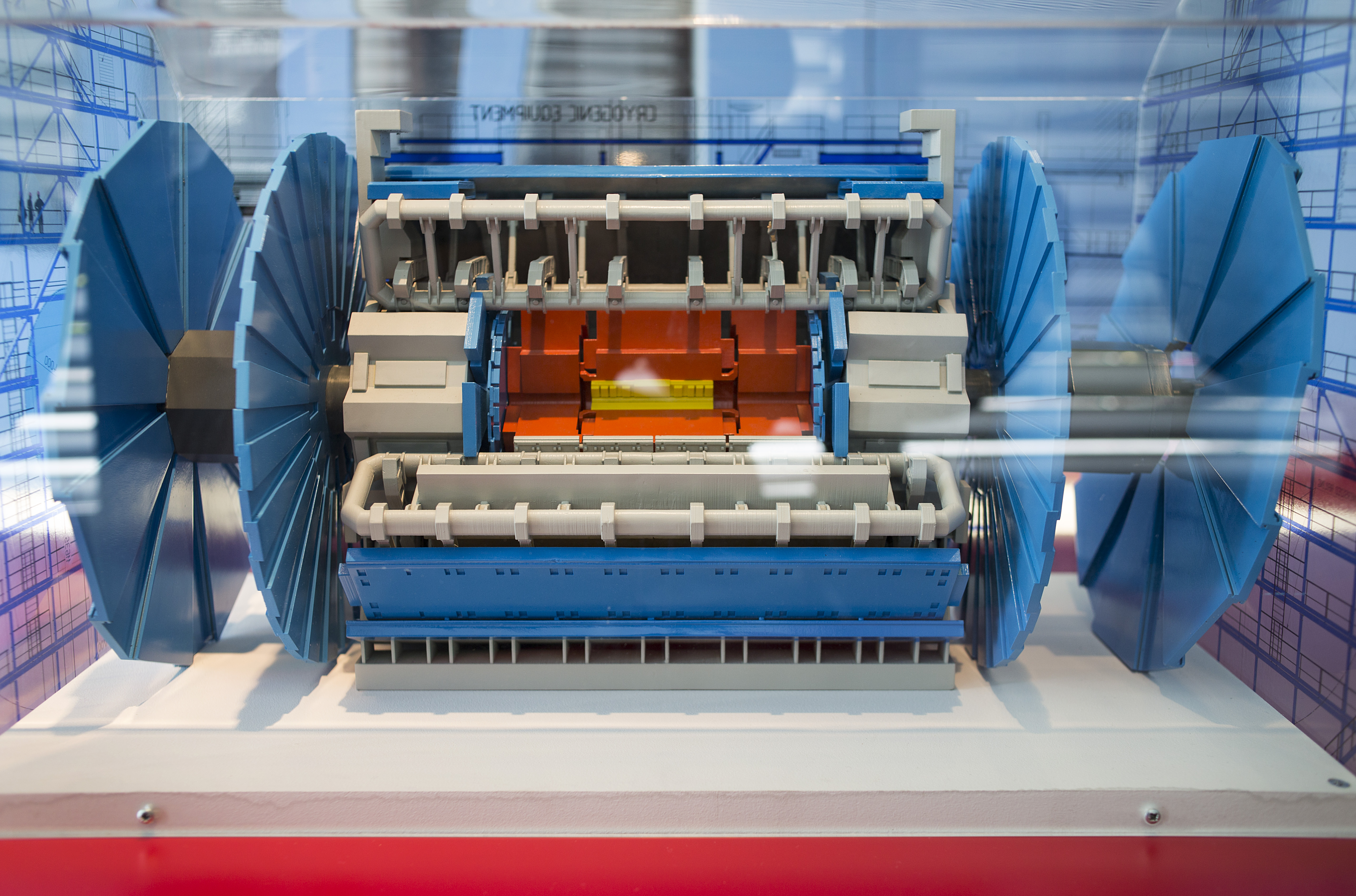
More
In the bowels of the monster
To address new physics questions and to produce a clearer picture of the sub-atomic world and new phenomena such as dark matter and dark energy, the LHC has been upgraded since its initial three-year run, steadily increasing the energy and number of collisions.
Six years after it confirmed the existence of the Higgs boson, the machine is getting a CHF1.2 billion overhaul to boost “luminosity”. The beams of protons that are smashed together will be focused to increase the number of particle collisions tenfold, giving a greater chance of spotting something unusual. After the upgrade, CERN says the LHC will be able to produce 15 million Higgs bosons a year rather than the three million recorded in 2017.
The LHC is scheduled to operate until 2040. But CERN is already thinking about its successor. Scientists are working on designs for a higher performance machine, known as the Future Circular Collider (FCC)External link to extend the research currently being conducted at LHC.
The FCC could have a circumference of 80 to 100 kilometres and greatly push the energy and intensity frontiers of particle colliders, with the aim of reaching collision energies of 100 terra electron volts (TeV) in the search for new physics. The LHC currently runs at 14 TeV. A five-year exploratory study is underway.

In compliance with the JTI standards
More: SWI swissinfo.ch certified by the Journalism Trust Initiative









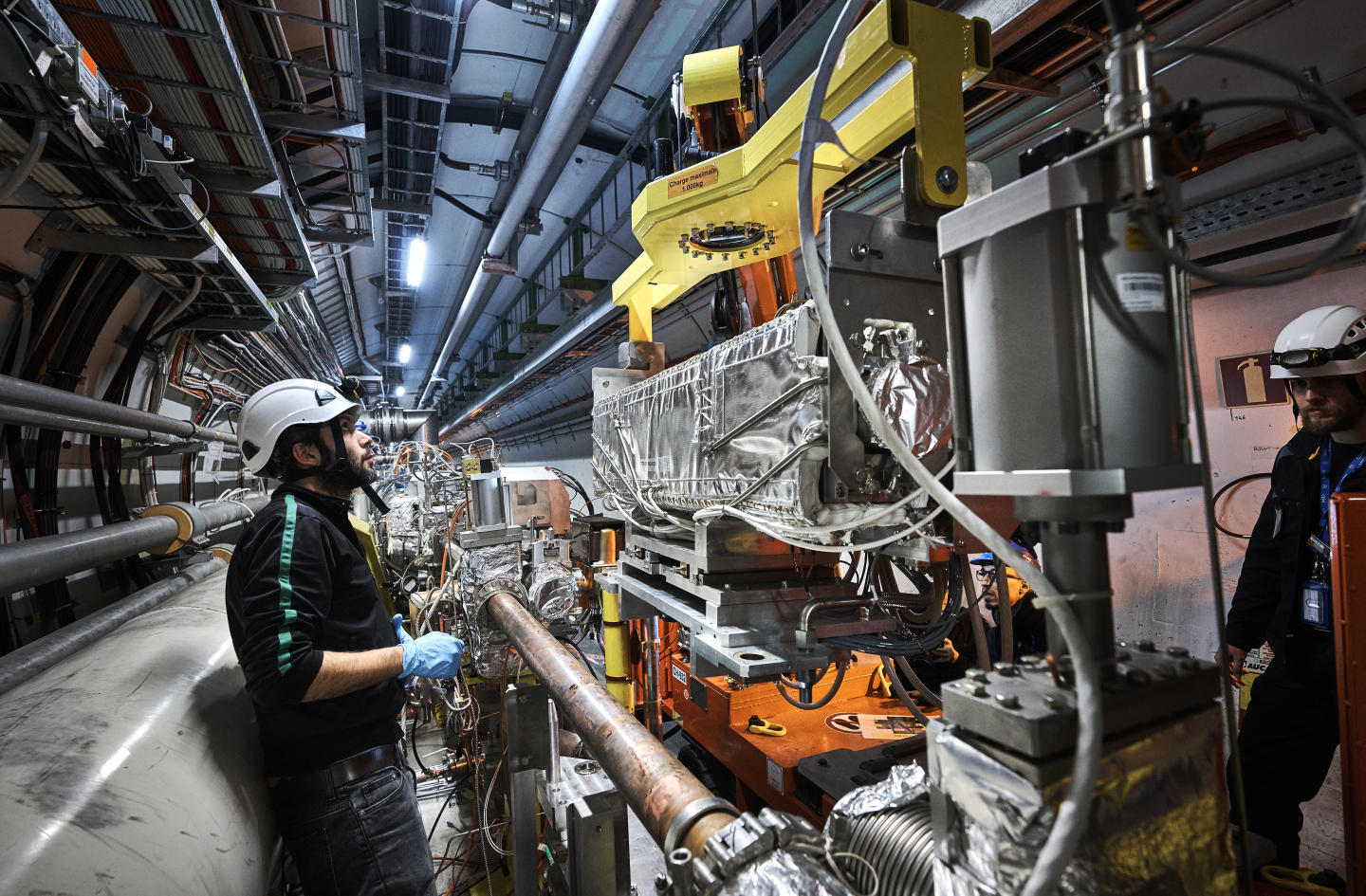
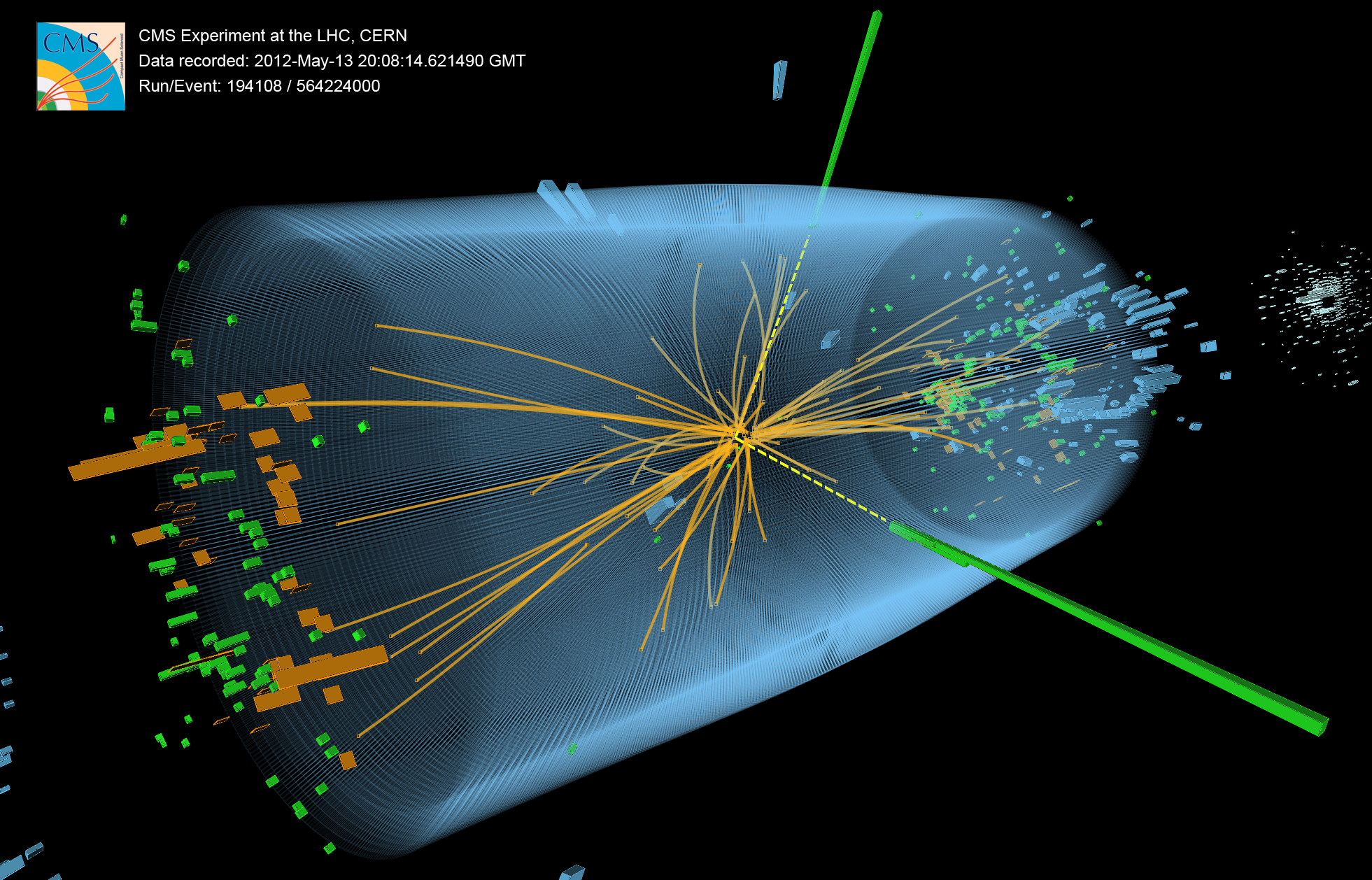

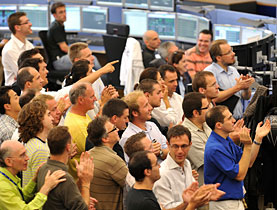
You can find an overview of ongoing debates with our journalists here . Please join us!
If you want to start a conversation about a topic raised in this article or want to report factual errors, email us at english@swissinfo.ch.